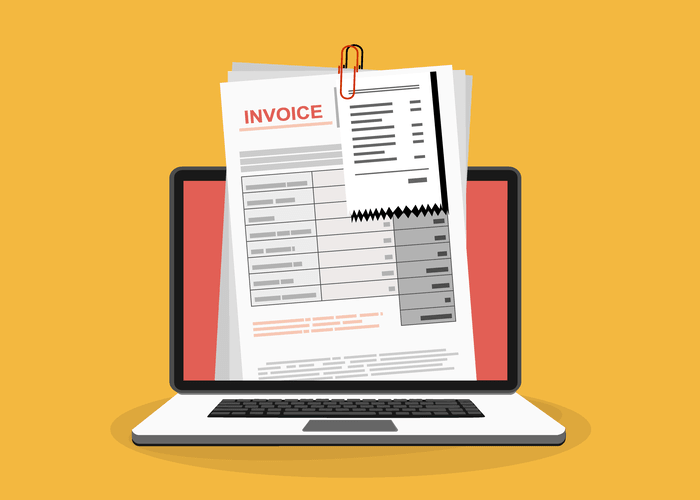


As a result, the annual profit on shirt sales will be different, along with the income tax liability. Again, these are short-term differences that are eliminated when all of the shirts are sold. This provides a better match between the current cost of inventory and current revenue, often seen as a more realistic measure of profit generated from ongoing operations during inflation.

The process is similar to FIFO but deducts from the most recent purchases first. The company made inventory purchases every month during Q1, resulting in a total of 3,000 units. However, the company already had 1,000 units of older inventory; these units were purchased at $8 each for an $8,000 valuation. FIFO is the easiest method to use, regardless of industry, and this inventory valuation method complies with GAAP and IFRS. The LIFO method requires advanced accounting software and is more difficult to track.

If it accounts for the car purchased in the fall using LIFO technique, the taxable profit Travel Agency Accounting on this sale would be $3,000. However, if it considers the car bought in spring, the taxable profit for the same would be $6,000. LIFO, however, values inventory at older, lower costs, which can make your balance sheet look weaker. Below, see how each method is applied to the same inventory purchases and sales, leading to different financial outcomes. LIFO help your business reduce tax liability by using newer, more expensive inventory first.

Under perpetual we had some units left over from January 22nd, which we did not have under periodic. Imagine you were actually working for this company and you had to record the journal entry for the sale on January 7th. We would do the entry on that date, which means we only have the information from January 7th and earlier. We do not know what https://www.bookstime.com/ happens for the rest of the month because it has not happened yet.

Based on the information we have as of January 7th, the last units purchased were those on January 3rd. lifo and fifo formula We will take the cost of those units first, but we still need another 25 units to have 100. Cost of goods sold can be computed by using either periodic inventory formula method or earliest cost method. If inflation is not there, the cost of material purchased today would be exactly equal to that purchased last year. So the material cost going into the production of finished goods will also be the same for a particular type of product.
It is consistent with the natural flow of products, which assumes that the oldest inventory would be sold first. LIFO is often employed during inflationary times or in businesses with volatile costs. In businesses where product shelf life is important or where prices typically rise over time, FIFO is especially pertinent. It offers an accurate depiction of selling expenses that is consistent with the actual movement of inventory. A business’s inventory is the collection of items, raw materials, or completed products it keeps on hand for use in its operations, resale, or manufacturing.
© All rights reserved